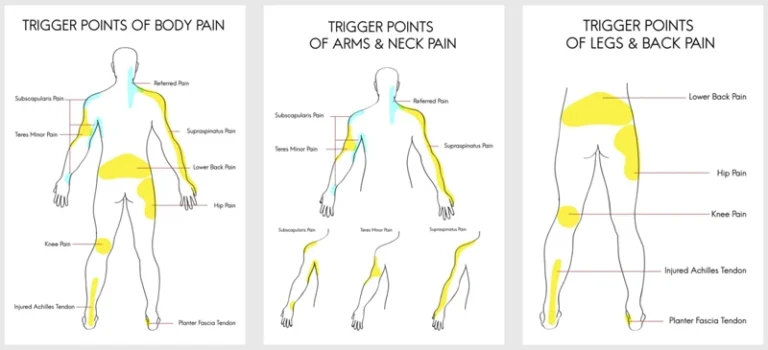Are you looking to unlock the power of massage therapy? Pressure point massage is an ancient form of healing that has been used for centuries to help alleviate stress, tension, and pain. Through the use of targeted pressure points, this massage technique can provide physical and mental relief. In this article, we’ll discuss what pressure point massage is, how it works, and the benefits it can provide. So, if you’re curious about what pressure point massage is, read on to discover its power!
Contents
What is Pressure Point Massage?
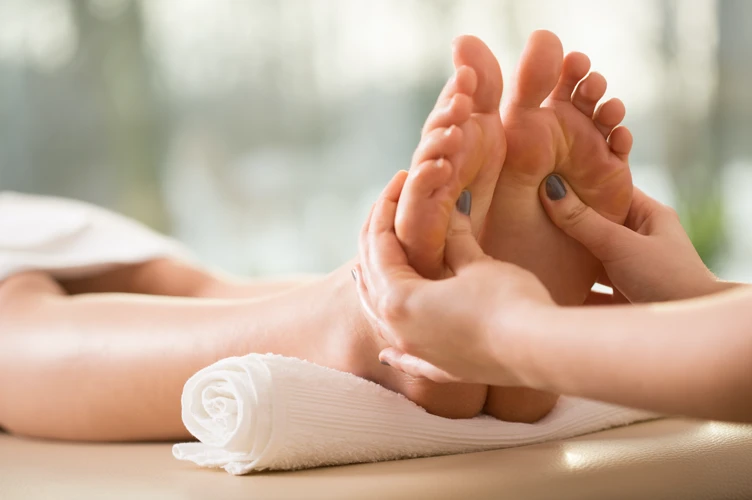
Definition
Pressure point massage is a form of massage therapy that uses specific pressure points to target areas of the body. This type of massage is believed to be able to release tension and improve circulation throughout the body. It also helps to relieve pain and reduce stress. The pressure points are typically located in the hands, feet, and ears.
Benefits
Pain Relief: Pressure point massage is known to help reduce pain, especially in areas that are difficult to reach with traditional massage techniques. It can also help reduce inflammation and improve circulation.
Stress Reduction: Pressure point massage can be used to relax the body and mind. It helps to reduce stress and anxiety, as well as improve mental clarity and focus.
Improved Blood Circulation: Pressure point massage can help improve circulation to the affected area, which can help to reduce swelling and improve healing.
Improved Posture: Pressure point massage can help improve posture by realigning the body and relieving tension in the muscles and joints. This can help to prevent future postural problems.
Improved Flexibility: Pressure point massage can help improve flexibility by loosening tight muscles. This can help to improve range of motion and reduce the risk of injury.
How Does Pressure Point Massage Work?
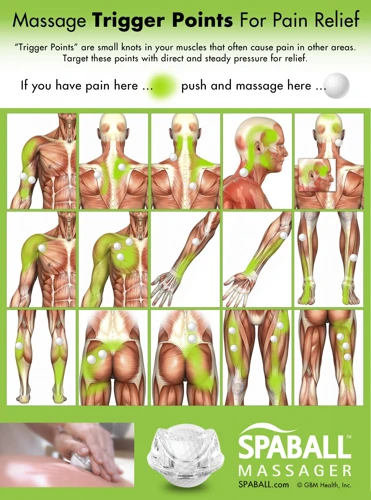
Pressure point massage is a type of massage therapy that works on key points of the body to release tension and promote healing. The massage therapist applies pressure with their fingers, hands or elbows to specific points on the body, known as pressure points. This type of massage is believed to stimulate the flow of energy throughout the body, which can help alleviate pain, reduce stress and improve overall health.
During a pressure point massage, the therapist will slowly massage each pressure point for a few seconds, using a circular motion. The pressure should not be too hard, but should be firm and consistent. This type of massage usually lasts between 30 and 90 minutes, depending on the needs of the client.
By working on specific pressure points, the massage therapist can target areas of tension and help to reduce pain and muscle tension. Pressure point massage can also help to improve the functioning of the internal organs, as well as the flow of energy throughout the body.
Pressure point massage is a great way to reduce stress, improve overall health and wellbeing, and even promote healing. It can also be used as a preventative measure to help reduce the risk of injury and illness.
What Conditions Can Pressure Point Massage Help With?

Pain Management
Pressure point massage can significantly reduce pain by releasing the body’s natural painkillers, endorphins. It can be used to help manage chronic pain, muscle pain, headache, and even fibromyalgia.
Stress Relief
Pressure point massage helps to reduce stress levels and promote relaxation. It helps to release tension in the body, allowing the body to relax and to feel calmer.
Improved Sleep
Pressure point massage helps to improve the quality of sleep by reducing stress and tension in the body. It also helps to improve circulation, which can help to reduce sleep disturbances.
Improved Circulation
Pressure point massage helps to improve circulation by releasing tension in the body and increasing the flow of blood to the affected area. This can help to reduce inflammation, improve healing, and reduce the risk of developing chronic conditions.
Improved Digestion
Pressure point massage helps to improve digestion by reducing tension and increasing the flow of blood to the digestive organs. This can help to reduce bloating and improve the absorption of nutrients.
Improved Immunity
Pressure point massage helps to improve immunity by reducing stress, improving circulation, and decreasing inflammation. All of these things can help to boost the body’s natural defense against infection.
What Are the Different Types of Pressure Point Massage?
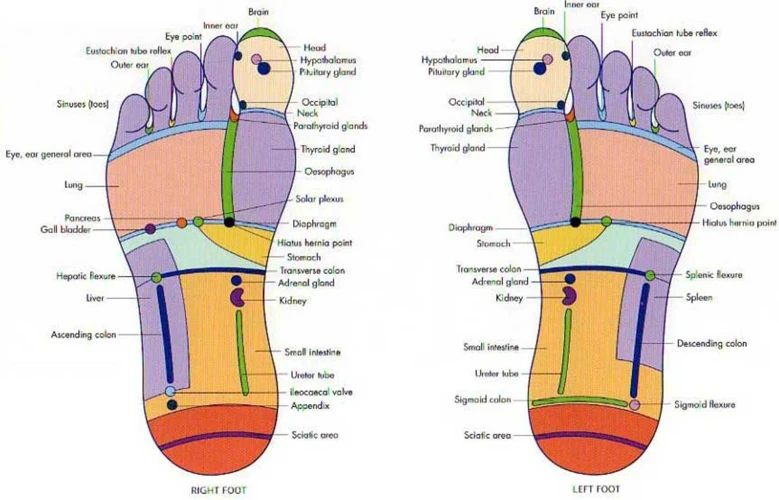
Acupressure
Acupressure is an ancient Chinese healing practice that involves applying pressure to specific points on the body to promote relaxation and healing. Acupressure is based on the same principles as acupuncture, but instead of needles, it uses finger pressure, massage, or other methods to stimulate the points.
Shiatsu
Shiatsu is a Japanese form of massage that uses pressure and stretching techniques to help balance the body’s energy. It is based on the same principles as acupuncture and acupressure, but instead of needles, massage techniques are used to stimulate the points.
Reflexology
Reflexology is a therapeutic technique that uses pressure to points on the feet, hands, and ears to stimulate the body’s healing process. It is based on the belief that areas of the feet, hands, and ears are connected to other parts of the body and that by stimulating these points, the body’s natural healing processes can be activated.
How to Find a Qualified Pressure Point Massage Therapist
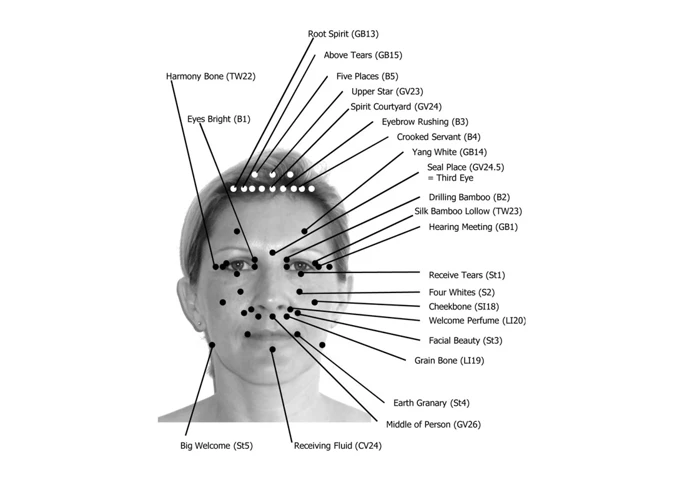
Finding a qualified pressure point massage therapist requires a few steps to ensure the best possible experience and results. Research the type of massage and the benefits associated with it. Ask friends or family if they have had a successful experience with a massage therapist in the past. Read reviews of massage therapists in the area and look for those who specialize in pressure point massage.
Contact the massage therapist and ask about their experience and qualifications. Make sure the therapist is licensed in the state and has the proper certifications for pressure point massage. Check with the Better Business Bureau for any complaints or issues associated with the massage therapist.
Schedule a consultation with the massage therapist. A consultation is a great way to get to know the massage therapist and discuss your needs and expectations. Talk to the therapist about the type of pressure point massage they specialize in and ask questions.
Make sure the massage therapist is comfortable with the type of pressure point massage you are seeking and is able to provide the results you are looking for. Discuss any medical issues you may have and make sure the massage therapist is aware of them before beginning a session.
Finding a qualified pressure point massage therapist may take some time, but the results will be worth it. With proper research and vetting, you can ensure that you are getting the best massage experience possible.
Preparing for Your Pressure Point Massage Session
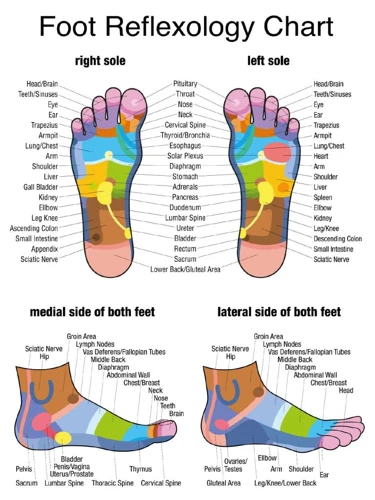
Location: It’s best to have your pressure point massage session in a comfortable and quiet environment. Make sure there are no distractions or loud noises that could potentially disrupt your massage.
Clothing: Wear comfortable clothing that will allow your massage therapist to easily access all of the pressure points. It’s best to wear loose-fitting clothing that is not too restrictive.
Communication: It is important to communicate with your massage therapist before, during, and after the session. Make sure to let them know if any areas are feeling uncomfortable or painful.
Duration: Pressure point massage sessions typically last between 30 minutes and 1 hour.
Breathing: During your massage session, it is important to focus on your breathing. Make sure to take deep breaths throughout your massage to help relax your body and mind.
Hydration: Make sure to drink plenty of water before and after your session to help your body recover.
Time: Make sure to arrive to your massage session on time. This will give you enough time to get settled and relax before the session begins.
Massage Oil: It is important to use massage oil during your session. This will help your massage therapist access the pressure points more easily.
Pressure Point Massage Techniques
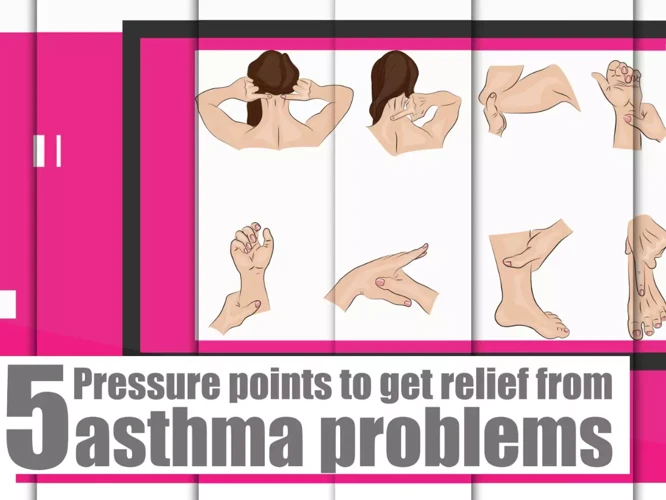
- What is Pressure Point Massage? Pressure point massage is a type of massage therapy that involves the application of pressure to specific points on the body. These points are believed to be connected to various organs and body systems, and they are thought to be able to stimulate the body’s natural healing processes. The goal of pressure point massage is to reduce pain, improve circulation, and promote relaxation.
- How Does it Work? Pressure point massage works by applying pressure to specific points on the body. These points are thought to be connected to various organs and body systems, and they are believed to be able to stimulate the body’s natural healing processes. Pressure is applied with the fingers, thumbs, or elbows in a circular, tapping, or vibrating motion, depending on the type of massage being performed.
- Benefits of Pressure Point Massage Pressure point massage can provide a number of benefits, including improved circulation, reduced pain, and a more relaxed state of mind. It can also help to reduce inflammation, improve flexibility, and increase energy levels. In addition, it can help to improve digestion, reduce stress levels, and improve overall health.
- Pressure Point Massage for Pain Relief Pressure point massage can be particularly effective for reducing pain. This is because the points that are targeted during the massage are believed to be connected to various organs and body systems, which can help to reduce inflammation and improve circulation. By relieving the tension and inflammation, pressure point massage can help to reduce pain.
- Pressure Point Massage for Relaxation Pressure point massage can also be used as a form of relaxation. By targeting specific points on the body, pressure point massage can help to reduce stress levels, improve overall well-being, and promote a sense of calm. In addition, it can help to improve sleep quality and reduce fatigue.
What to Expect After Your Pressure Point Massage
After having a pressure point massage, you can expect to feel relaxed and energized. Pressure point massage therapy is designed to release tension in the body, reduce stress, and improve circulation. You may also experience a sense of balance and harmony in your body, as well as mental clarity.
Immediately after your massage, you may feel a light tingling sensation in your body as the massage therapist releases tension in your muscles. This sensation is a sign that the massage is working and that your body is responding positively to the pressure points. You may also feel some relief from any pain or discomfort that may have been present before the massage.
| Benefits | What to Expect |
|---|---|
| Reduce stress | Feel relaxed and energized |
| Improve circulation | A sense of balance and harmony in your body |
| Mental clarity | Light tingling sensation in your body |
| Reduce pain/discomfort | Relief from any pain or discomfort |
In some cases, pressure point massage therapy may cause some soreness in the area where the massage was applied. This is usually temporary and should not be a cause for concern. You may also experience some bruising due to the massage, but this should go away within a few days.
It is important to note that pressure point massage should be used in conjunction with other treatments, such as acupuncture, chiropractic care, and physical therapy, for optimal results. If you experience any pain or discomfort after your massage, you should consult your doctor or healthcare professional.
Pressure point massage is a powerful and effective way to reduce stress, improve circulation, and alleviate pain and discomfort. By combining this technique with other therapies, you can experience the full benefits of this massage.
Frequently Asked Questions
How Does Pressure Point Massage Work?
Pressure point massage is based on the principles of traditional Chinese medicine and focuses on the stimulation of certain points on the body to relieve tension, promote circulation and reduce pain. Pressure is applied to particular points on the body to release muscular tension, promote healing, balance the natural flow of energy and stimulate circulation. These pressure points are connected to the body’s energy pathways and by stimulating them, an energy flow is created that helps to restore balance. Pressure point massage can be used to target specific areas of the body, such as the neck, shoulders, lower back and feet, as well as the whole body. Pressure point massage is often used to help reduce stress, improve circulation and encourage relaxation.
What type of conditions can pressure point massage help with?
- Headaches and Migraines
- Anxiety and Stress
- Digestive Problems
- Muscle Pain and Tension
- Insomnia
Pressure point massage can help to reduce tension in the head, neck and shoulders, which can reduce the occurrence of headaches and migraines.
Pressure point massage can help to reduce anxiety and stress by calming the mind and body, and by promoting a sense of relaxation.
Pressure point massage can help to reduce abdominal discomfort and improve digestion by stimulating the digestive organs and increasing blood flow.
Pressure point massage can help to reduce muscle tension, pain and stiffness by releasing built up tension in the muscles and improving circulation.
Pressure point massage can help to improve sleep by calming the mind and body and reducing stress and anxiety.
What are the Potential Risks of Pressure Point Massage?
Pressure point massage can be an effective and powerful form of massage therapy, but it is important to be aware of the potential risks and side effects.
- Pain and discomfort – Pressure point massage can involve applying deep pressure to certain points in the body. This can be uncomfortable, especially for people who are new to this type of therapy. It is important to communicate with your therapist and to tell them if you are feeling pain or discomfort.
- Bruising – Applying too much pressure can cause bruising, which can take several days to heal.
- Infection – Because pressure point massage involves touching the skin, it is possible to spread bacteria or viruses. It is important to ensure that your therapist is using clean and sterile techniques.
- Nerve damage – Applying too much pressure to certain points in the body can cause nerve damage, which can be painful and cause lasting damage. It is important to communicate with your therapist and to tell them if you are feeling pain or discomfort.
- Internal organ injury – Applying too much pressure to certain points in the body can cause injury to internal organs. This can be dangerous and should be avoided.
It is important to be aware of the potential risks and side effects of pressure point massage, and to communicate with your therapist about any concerns you may have.
Are there any contraindications to pressure point massage?
Pressure point massage should not be used on certain areas of the body, including areas of recent injuries and fractures, active infections, tumors, abdominal organs, and any areas of skin disease. It should also be avoided on pregnant women and people with fragile bones, such as those with osteoporosis. Pressure point massage should also not be used on people with heart conditions, those who are taking blood thinning medication, or those with a history of blood clots. It is important to consult with a medical professional before receiving pressure point massage if any of these conditions apply.
How often should I get a pressure point massage?
It depends on your individual needs:
- If you are looking for a relaxing massage, then once a month is usually enough.
- If you want to alleviate chronic muscle aches and pains, then weekly or bi-weekly sessions may be more beneficial.
- If you are dealing with a specific medical condition, your massage therapist can work with you to create a customized plan.
Listen to your body: You may find that you feel the most relief after a pressure point massage and wish to receive one more often. It’s important to listen to your body and adjust the frequency of your massage accordingly.
Be mindful of fatigue: If you are feeling overly fatigued or sore after a pressure point massage, it may be a good idea to take a break for a few weeks and then return.
Conclusion
Pressure point massage is a powerful and beneficial form of massage therapy. It can provide relief from pain, improved circulation, and a sense of relaxation. By understanding the principles of this form of massage and learning how to apply pressure to the right points, you can enhance your overall health and wellbeing.

